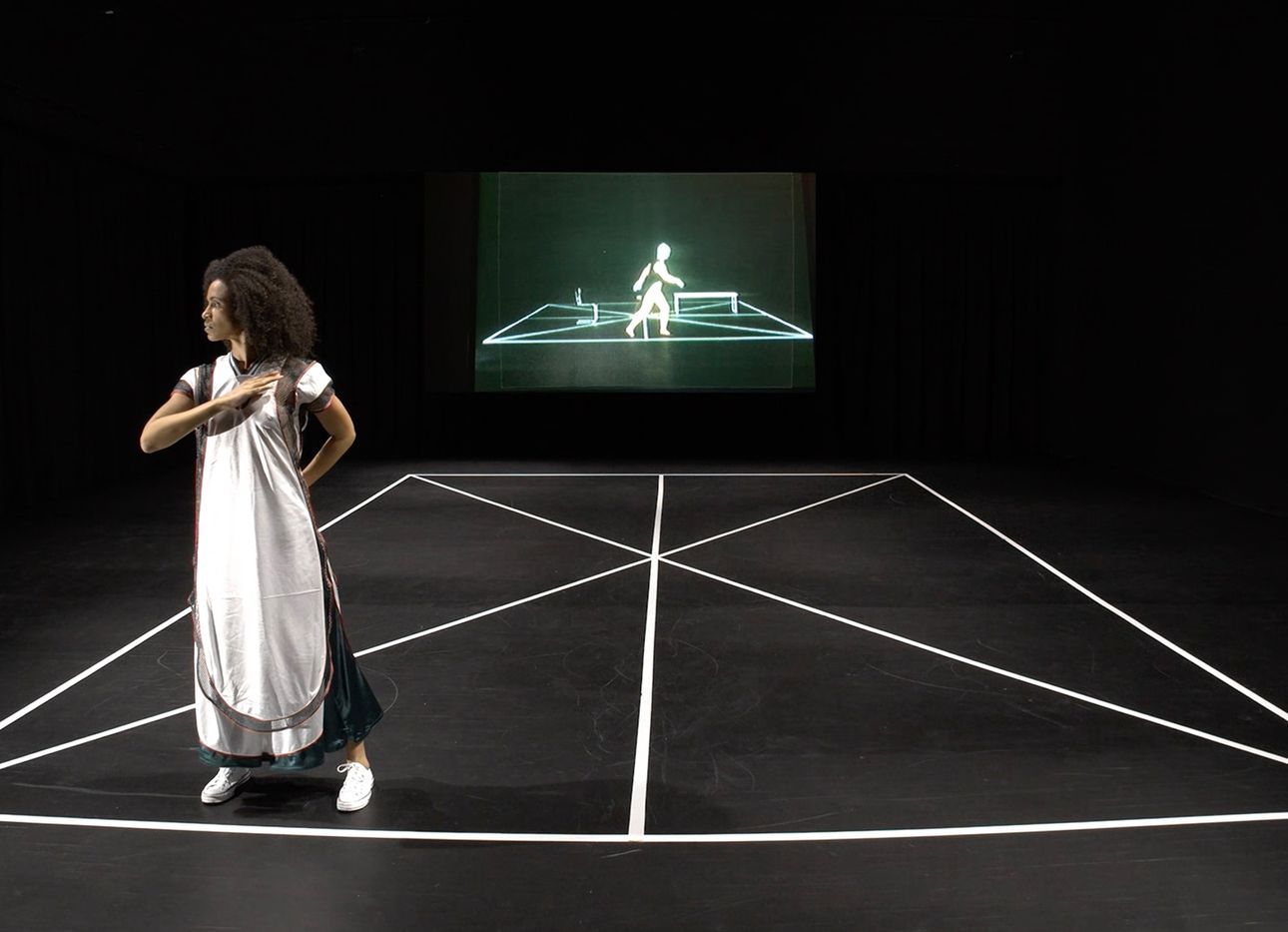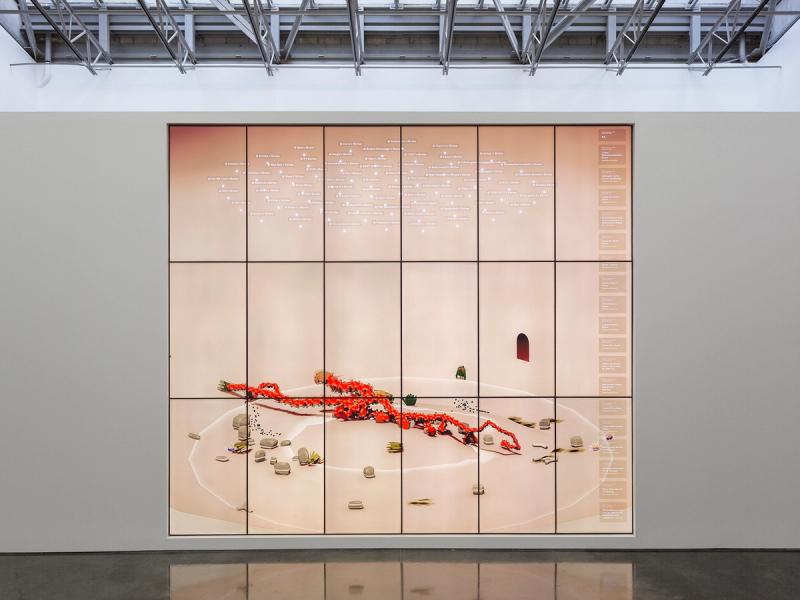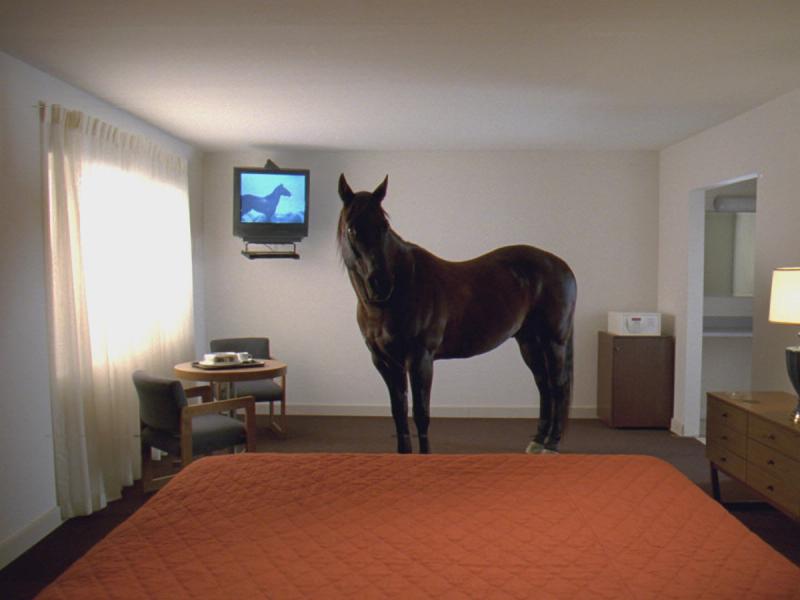
In Aspen, an Exhibition Meditates on “Mountain Time”
Time standards are one of the many seemingly invisible societal constructs we interact with every day but seldom ponder. From the prime meridian, established in London in 1884 as the basis for Greenwich Mean Time (GMT), to the standard Coordinated Universal Time (UTC) that regulates the world’s clocks today, these man-made constructs have come to define our relationship to the past, the present, and the future. Time zones themselves, first formed in America in 1883 and instituted globally over the century to follow, were initially built around a specific industry: the railroad. These temporal systems have in turn shaped the world as we know it.
A major exhibition at the Aspen Art Museum (on view through Sept. 11) explores time (as humans have come to define it) in relation to “deep time,” a term used to define the expansive temporal register of the earth and its geological phenomena. Titled “Mountain / Time,” the show is a nod to both the local time zone in Aspen, Mountain Standard Time (MST)—which the writer and critic Kyle Paoletta has hailed for its “apartness” and “sense of detachment from the economic and cultural centers of the nation”—and the conceptual divide between a mountain’s sense of time and our own. Drawing from the collections of New York’s Whitney Museum of American Art and the Rosenkranz Foundation to present moving-image installations by artists of varying ages, “Mountain/Time” brings together various time-based works in dialogue with Aspen’s mountainous landscape to investigate specific themes around time and the ways in which nature can influence and/or alter our perceptions of it.
Several pieces in the exhibition use the archive as a medium. Kandis Williams’s multiscreen work “Triadic Ballet” (2021) layers a 1926 ballet by Bauhaus artist and choreographer Oskar Schlemmer with found footage from marching bands and step squads at historical Black colleges. Williams presents it alongside a 20th-century modern dance performed in the artist’s studio as a means to trace the history of dance and its Eurocentric antecedents. Another work, “Pehin Hanska ktepi (They Killed Long Hair)” (2021), by Mohawk artist Alan Michelson, projects archival film footage of a 1926 parade showing Indigenous veterans, marking the 50th anniversary of the 1876 Battle of the Greasy Grass, onto a red trade blanket in a rotated formation that references Indigenous concepts of cyclical time.
In Kahlil Joseph’s “BLK NWS” (2019), ideas around the connectivity of TV and the revelatory power of the archive are brought together. A cycling sequence of broadcast news footage, social media, and pop-culture imagery, the piece reimagines cable news from the perspective of a Black creator to spotlight the narrow definitions of what is typically considered “newsworthy.” With “The Flavor Genome” (2016), filmed in the Amazon rainforest in Brazil, Anicka Yi (who was the guest on Ep. 14 of our At a Distance podcast, and whose “Metaspore” exhibition is currently on view at Hangar Bicocca in Milan through Aug. 7) looks at where biotechnology and colonialism intersect; the result is a surprising and surreal series of juxtapositions.
Several accompanying programs and events will expand on the themes explored in “Mountain/Time.” Korakrit Arunanondchai, whose work is featured in the show, will perform “Itinerant Cinema” in a nearby Aspen grove on Aug. 3, and an abandoned silver mine will serve as the venue for a program of film screenings curated by New York–based writer, curator, and educator Anisa Jackson and New York–based scholar Michael B. Gillespie. Alongside these, filmmaker Cauleen Smith will be taking up a residency at the Anderson Ranch Arts Center (in collaboration with the Aspen Art Museum) to research the geology and ecology of the valley.
At various turns throughout “Mountain/Time,” naturally, sweeping views of the surroundings are offered. “The stratification of the mountains resonates with what these artists are doing in a very different time scale,” says the exhibition’s curator, Chrissie Iles of the Whitney Museum. “The mountain is a kind of archive of its own formation.”



